Image Storage Containers
Centre National de l’Audiovisuel
6 May - 1 October 2023











Ostensibly as documentarian as his work on The Family of Man, Image Storage Containers (2012) does something closely related in intention to the latter and yet very different. On one level, it can be described as condensing, as Marie Muracciole has noted, two moments in the myth of photography as a “universal language”: the first involving The Family of Man as imperial project; the second, photography’s sheer technicity as a mechanical means of reproduction, with all its attendant connotations ofobjectivity and scientificity. Atop this interfolding of meanings one can discern two additional layers: the Image Storage Container as a kind of “thought experiment,” an auto-pedagogical exercise to schematize the human nervous system, and, a more polemical read, as a proposition about the present conditions for viewing photographs within today’s networked image regime—at a moment when computer technologies, themselves predicated upon neuroscience findings on human perception and cognition, have precipitated a mass transformation of psycho-social behavior.
Michael Baers
Serial Grey
Carre d’Art - Musee d’Art Contemporain, Nimes
June - November 2021





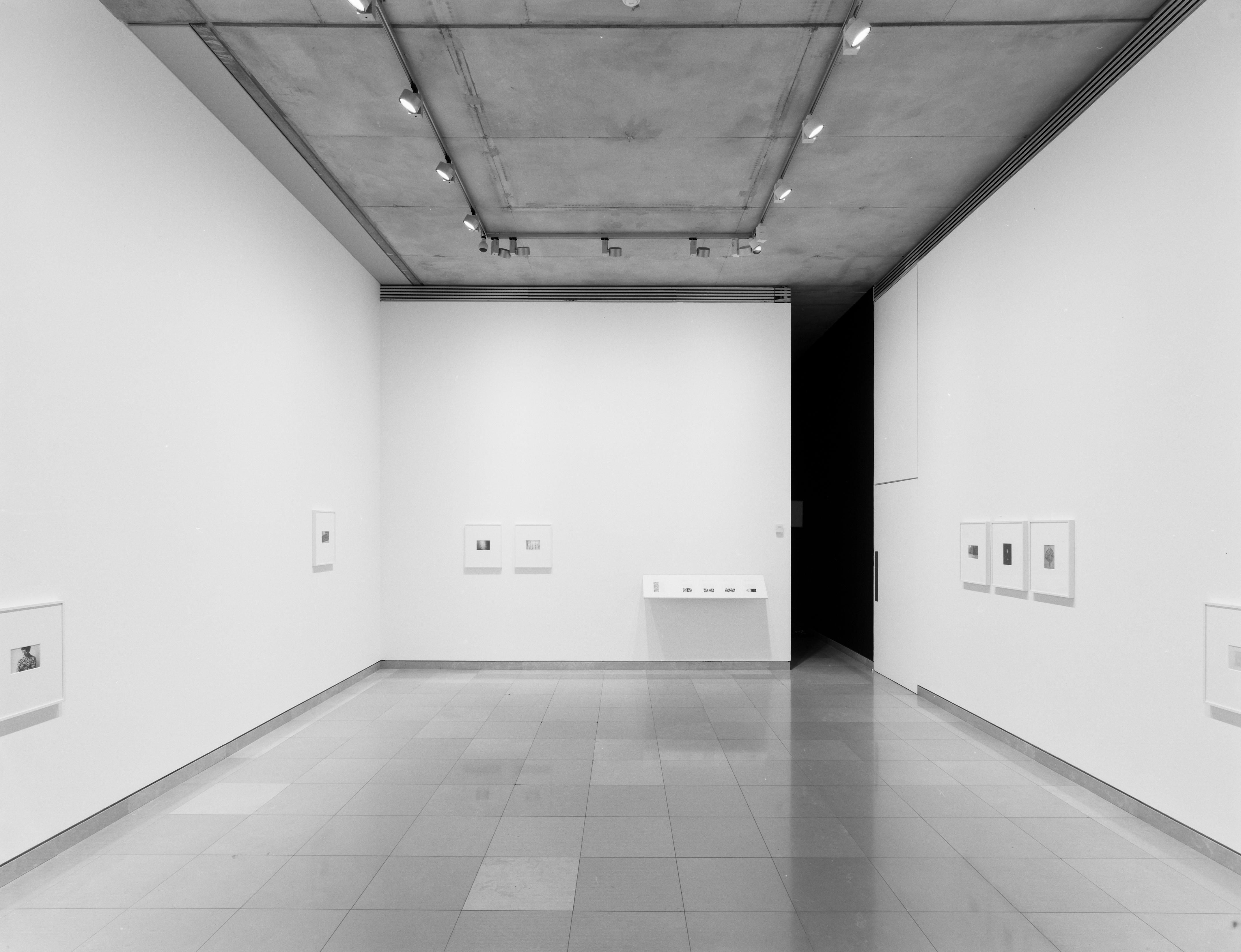



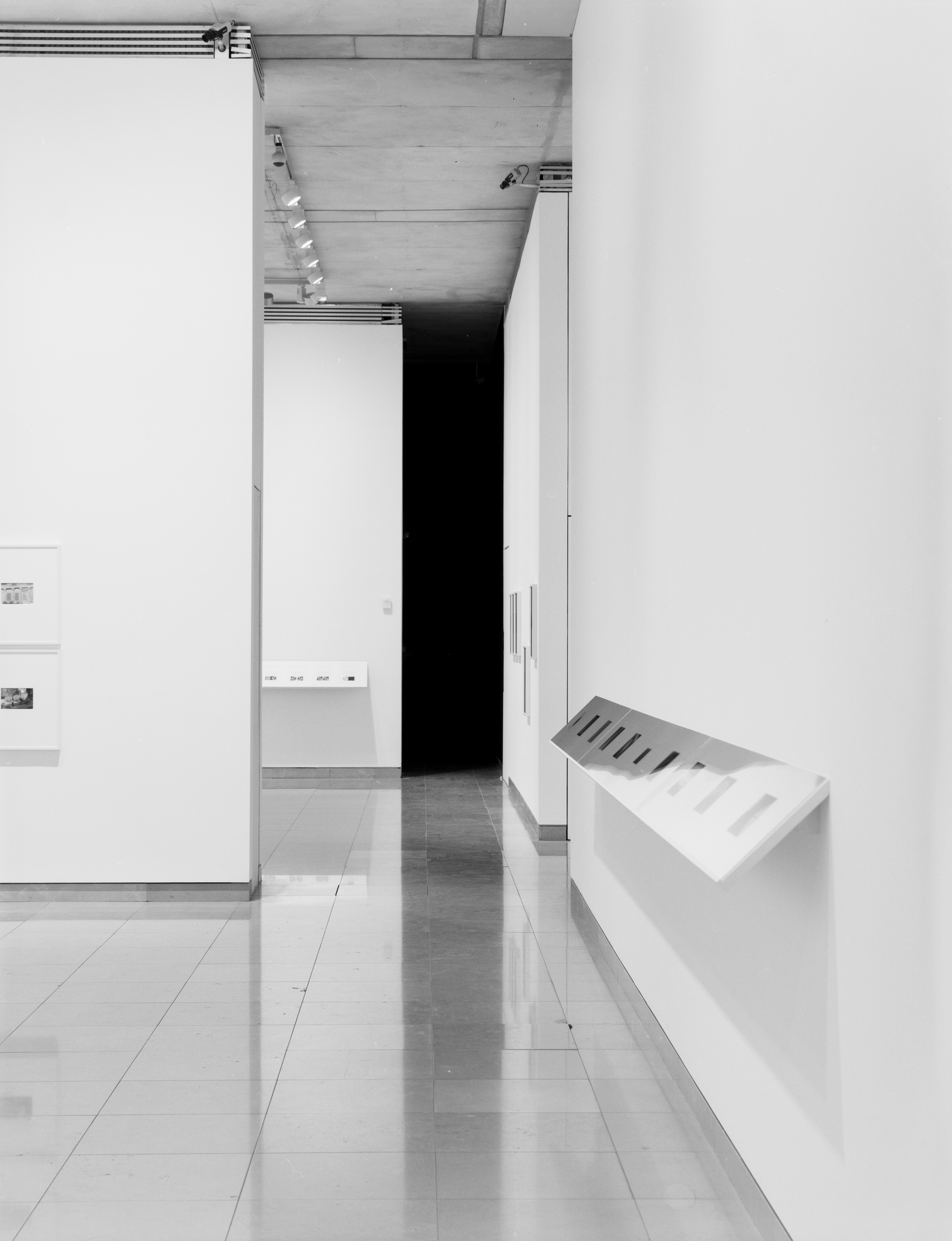


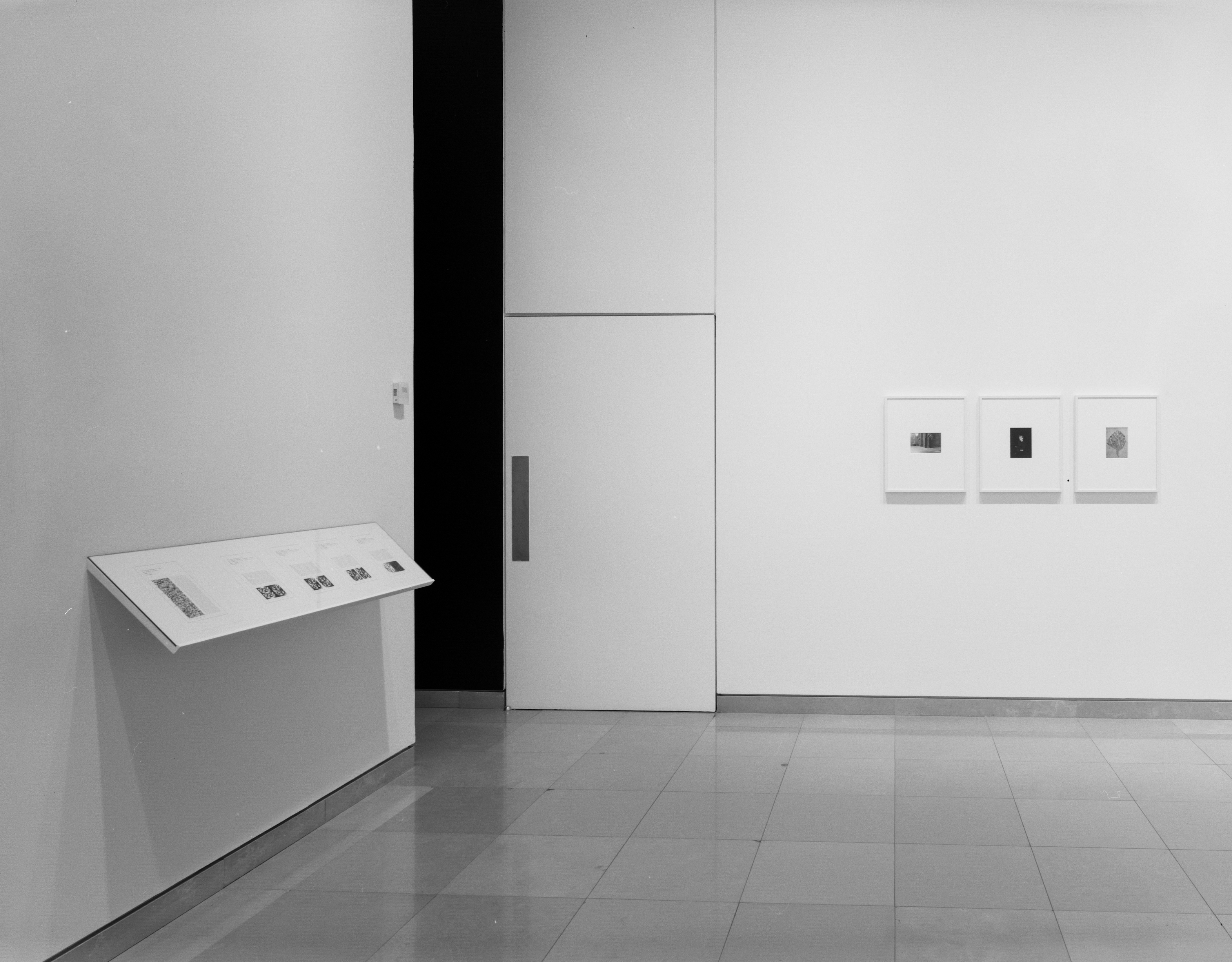


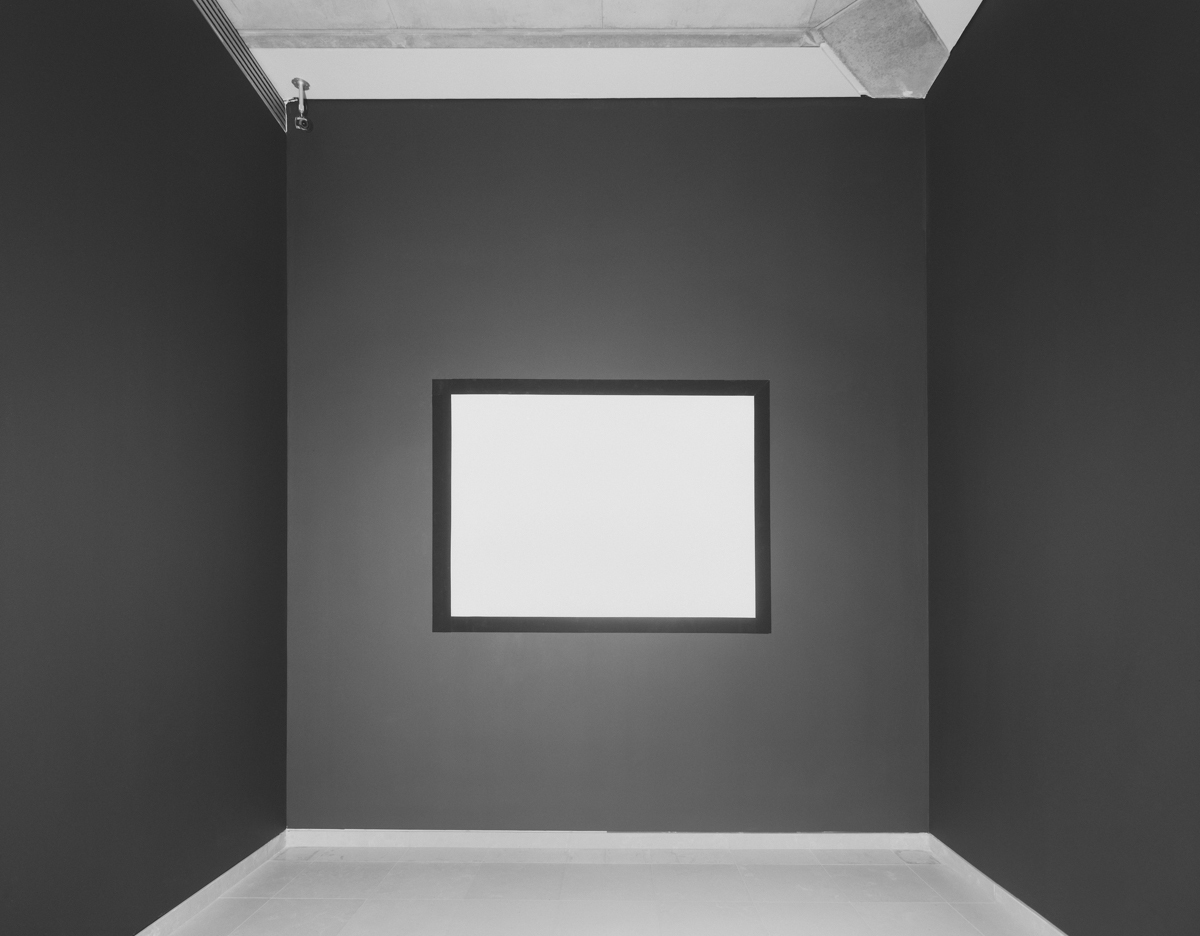
For Carré d’Art, Jeff Weber
presents a juxtaposition of several bodies of work, that trace the conflicting forces of photography
and film within his practice.
It starts with the Neural Networks, a series of large format grid-like photograms that establish an enigmatic dialogue with his photographic and archival practice An Attempt at a Personal Epistemology / Kunsthalle Leipzig. Nothing is more impersonal, if not ‘abstract’, than the representation of the functional networks of the mind. The very notion of ‘representation’ is subjected to a sort of mise en abyme, since it is about creating an image of the activity of the organ that generates every representation.
Jeff Weber places his activity at the intersection of conceptual art and experimental cinema; photography enables him to go from one edge to the other. Weber sees the photographic image not as an object but as a knot in an ensemble of relations. He recently pointed out: ‘The photographic image is not an isolated object, it is caught in a complex ensemble of relations from which it emerges as a nodal point; it is this network of relations that is crystallised in the image
Ultimately, the title ‘Serial Grey’ refers above all to the (mental and material) network’s very constitution. The emphasis placed on the tonal component of photography and its quality as ‘grey rectangle’ have an effect that distances the images’ ‘subject’ (reserving it for curious viewers).
Curator: Jean-Marc Prevost
It starts with the Neural Networks, a series of large format grid-like photograms that establish an enigmatic dialogue with his photographic and archival practice An Attempt at a Personal Epistemology / Kunsthalle Leipzig. Nothing is more impersonal, if not ‘abstract’, than the representation of the functional networks of the mind. The very notion of ‘representation’ is subjected to a sort of mise en abyme, since it is about creating an image of the activity of the organ that generates every representation.
Jeff Weber places his activity at the intersection of conceptual art and experimental cinema; photography enables him to go from one edge to the other. Weber sees the photographic image not as an object but as a knot in an ensemble of relations. He recently pointed out: ‘The photographic image is not an isolated object, it is caught in a complex ensemble of relations from which it emerges as a nodal point; it is this network of relations that is crystallised in the image
Ultimately, the title ‘Serial Grey’ refers above all to the (mental and material) network’s very constitution. The emphasis placed on the tonal component of photography and its quality as ‘grey rectangle’ have an effect that distances the images’ ‘subject’ (reserving it for curious viewers).
Curator: Jean-Marc Prevost
Camouflage
lxhxb, Eindhoven
Sept - Oct 2020
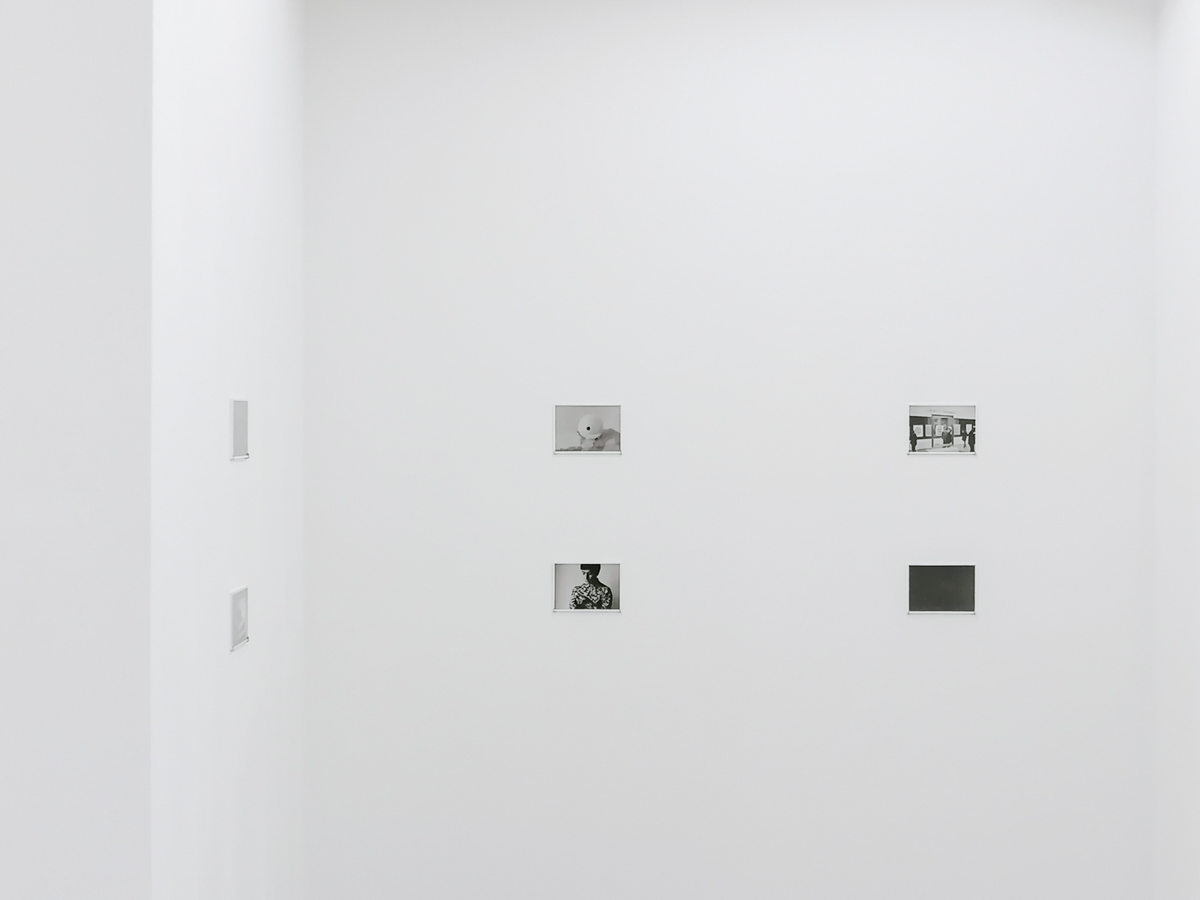

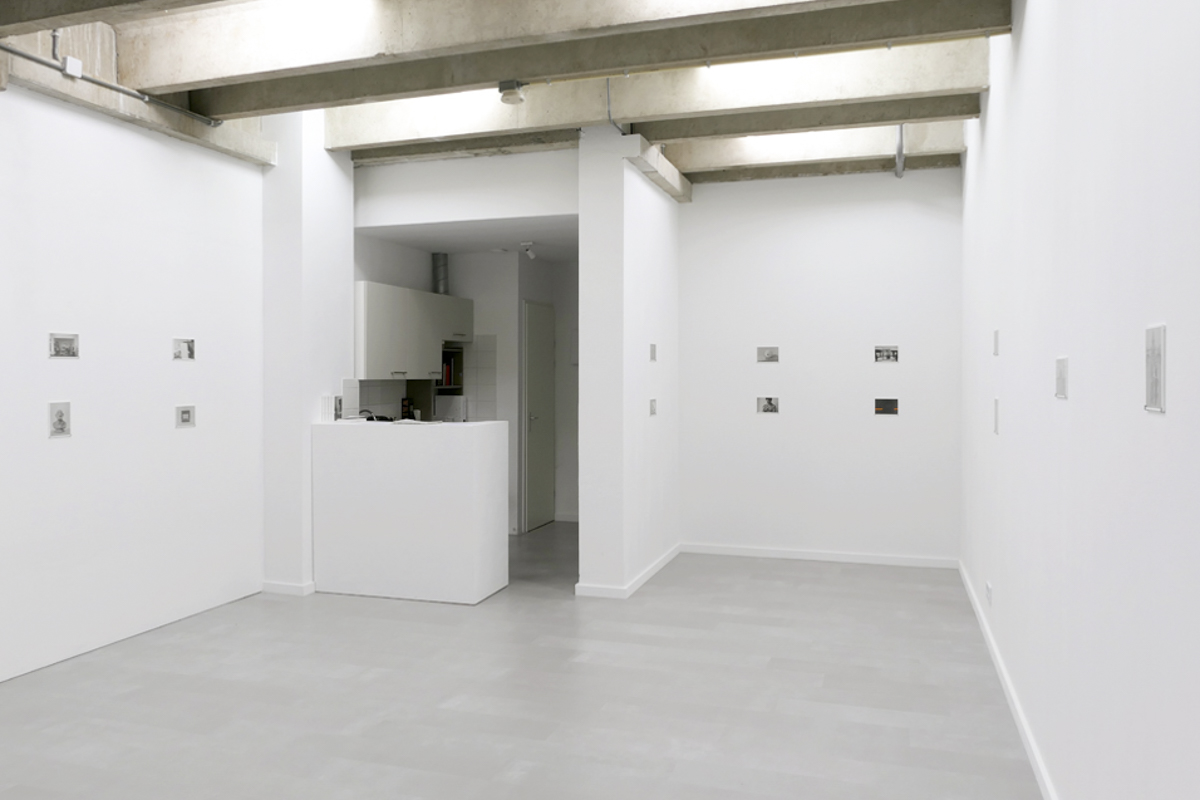






The idea of documentation is in some way a crucial point of departure for what I am trying to articulate, that is to say the tension between a documentary/objective status of a photographic picture in relation to the object depicted and the subjective take on the world through the eye/mind of the artist.
My feeling has always been that artists who deal with photography more on the periphery of their own practice are more apt to deal with that kind of tension and even instrumentalise it. Rather than approaching documentation straightforwardly, they often approach the idea of documentation through the mimicry of reportage (or referring to the mode of reportage) in order to build up a certain distance in how they relate to their own work. Such distance can be very helpful for coming up with new ideas, images, work etc... Furthermore, this distance doubles the gap that opens up between the seemingly transparent appearance of a photographic image or print and how this transparency serves, in turn, to conceal at the same time that to which it points or refers. By addressing this gap, the photograph can then emphasize the idea of something being taken for what it is not, or vice versa...
My feeling has always been that artists who deal with photography more on the periphery of their own practice are more apt to deal with that kind of tension and even instrumentalise it. Rather than approaching documentation straightforwardly, they often approach the idea of documentation through the mimicry of reportage (or referring to the mode of reportage) in order to build up a certain distance in how they relate to their own work. Such distance can be very helpful for coming up with new ideas, images, work etc... Furthermore, this distance doubles the gap that opens up between the seemingly transparent appearance of a photographic image or print and how this transparency serves, in turn, to conceal at the same time that to which it points or refers. By addressing this gap, the photograph can then emphasize the idea of something being taken for what it is not, or vice versa...
Mimetic Assimilation
Erna Hecey Gallery, Luxembourg
2019

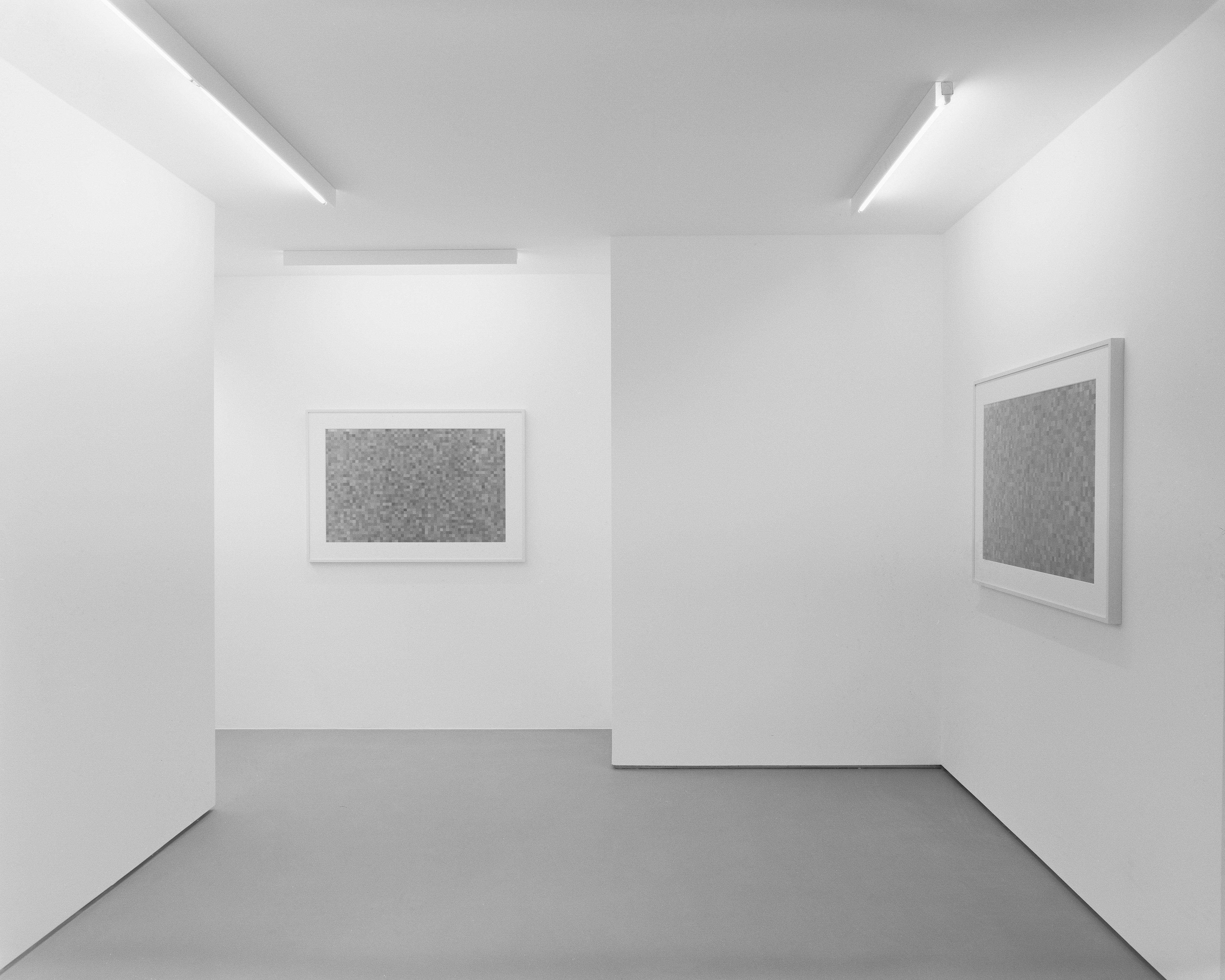
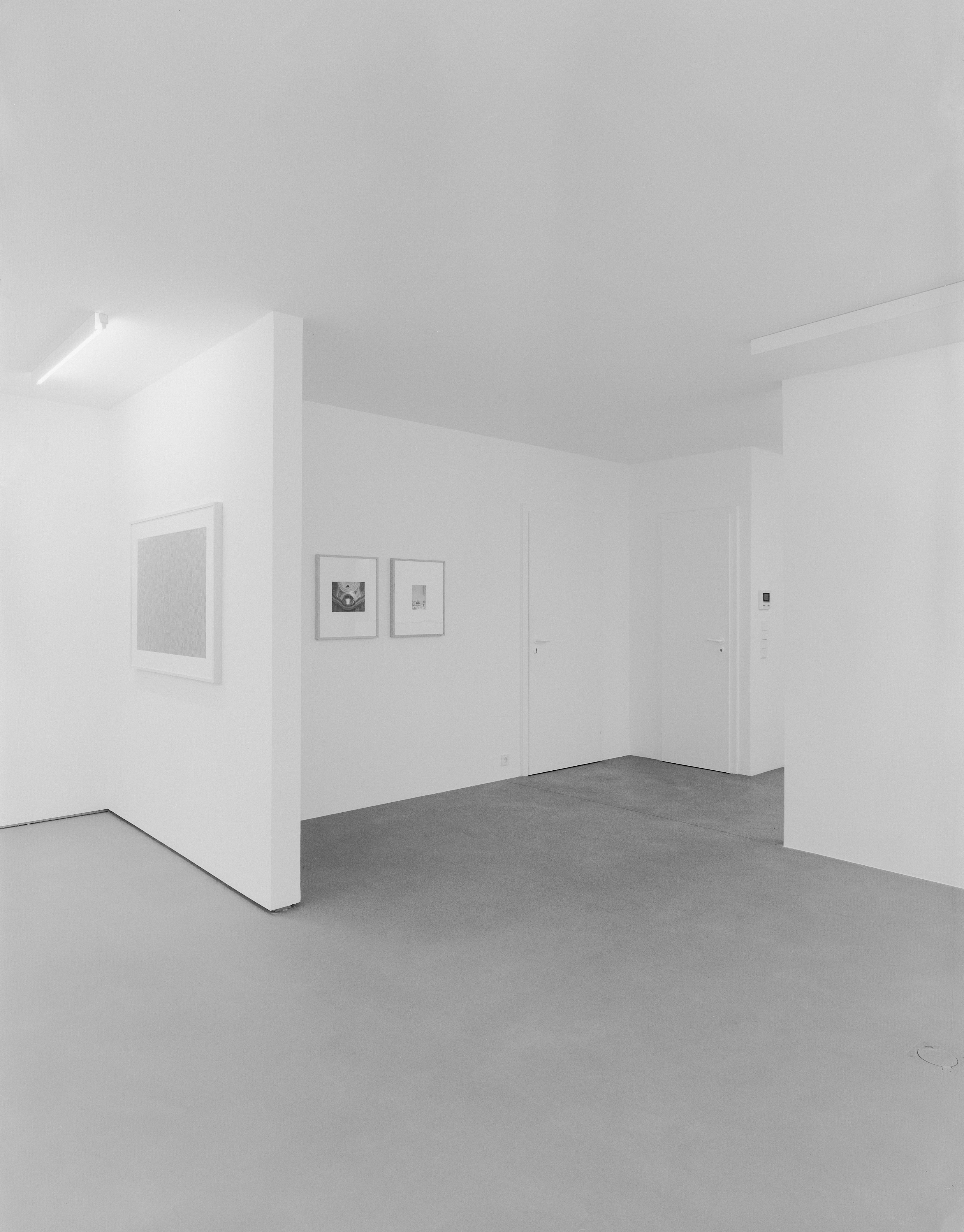
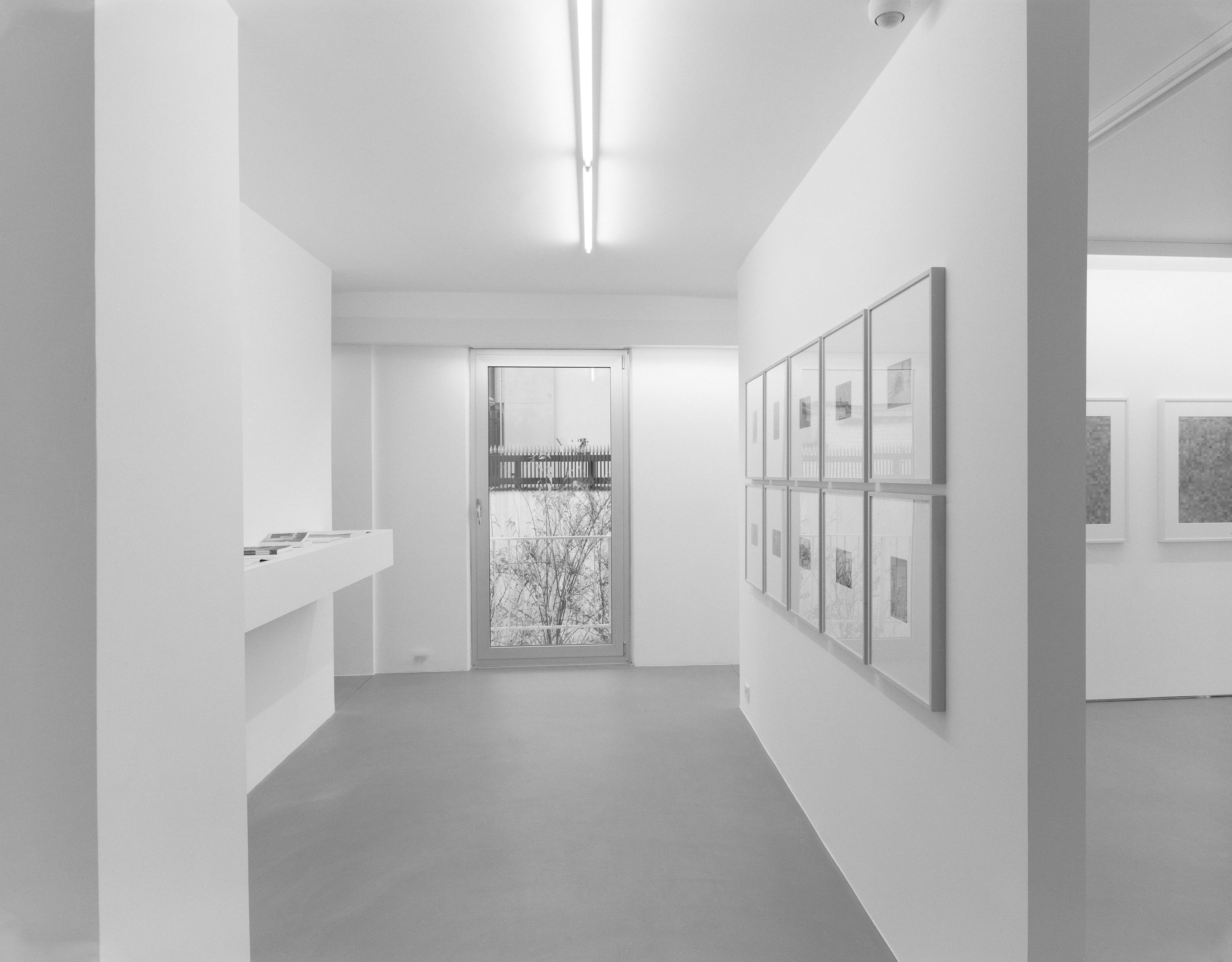



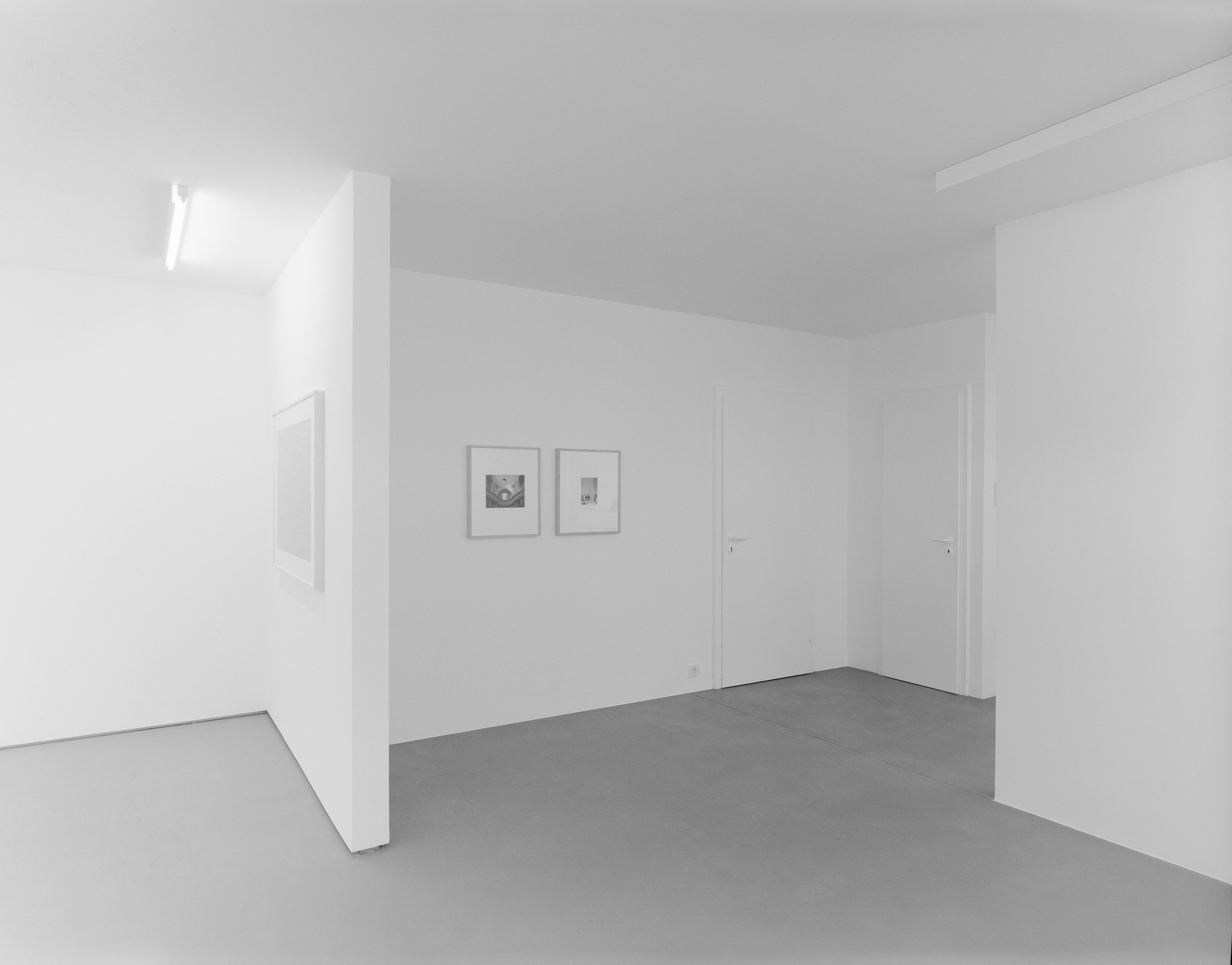


Erna Hecey is pleased to announce Jeff Weber’s first solo exhibition with the gallery. Weber works primarily with the mediums of analogue photography and film. For Mimetic Assimilation, he is presenting two bodies of work: a group of photographs made as part of his long-term project Kunsthalle Leipzig and documented in the artist book An Attempt at a Personal Epistemology (2018), and a series of recent photograms (Untitled / Neural Networks). The Kunsthalle Leipzig was initiated and run by Weber between 2012 and 2017 as a conceptual framework in the form of a project space and an expansion of his own practice towards the curatorial.
The consistent, long-term documentation of the exhibitions and events taking place at Kunsthalle Leipzig became a conceptual work of art in itself. Marie-France Rafael describes it as “transforming the essence of photography as representation into an active process, where the participation of the invited artist is required to open up the image towards another image.” (1) Rather than an isolated object, the photographic image is enmeshed in and emerges as a nodal point within a complex of relations, and it is this set of relations that is crystallized in the image.
In the exhibition Mimetic Assimilation, a selection of photographs from An Attempt at a Personal Epistemology, covering the artist’s research on early Christian Gnosticism in Cairo (2013), is juxtaposed with a new series of photograms. The black-and-white grid-like images are generated by a neural network, a program created by Weber to process data that simulates how neurons in the brain connect. The data sets entered into the program in the form of numerical series alter the relations between the artificial neurons. These are subsequently transposed into matrixes and rendered into pixels by an animated sequence, which is then exposed to photo-paper, letting the neural network take over the distribution of shadow and light for the photogram to be made.
The photogram holds a crucial place in Weber’s photographic practice, standing in a metonymical relation to his work as a whole: it functions as a metonym for an inquiry into method, it marks the experimental nature of his photographic practice, and it maps the system of indexical relations which, at various levels from the physical to the conceptual, constitute the image.
(1) Towards a Performative Understanding of Photography, Conversation with Marie-France Rafael
The consistent, long-term documentation of the exhibitions and events taking place at Kunsthalle Leipzig became a conceptual work of art in itself. Marie-France Rafael describes it as “transforming the essence of photography as representation into an active process, where the participation of the invited artist is required to open up the image towards another image.” (1) Rather than an isolated object, the photographic image is enmeshed in and emerges as a nodal point within a complex of relations, and it is this set of relations that is crystallized in the image.
In the exhibition Mimetic Assimilation, a selection of photographs from An Attempt at a Personal Epistemology, covering the artist’s research on early Christian Gnosticism in Cairo (2013), is juxtaposed with a new series of photograms. The black-and-white grid-like images are generated by a neural network, a program created by Weber to process data that simulates how neurons in the brain connect. The data sets entered into the program in the form of numerical series alter the relations between the artificial neurons. These are subsequently transposed into matrixes and rendered into pixels by an animated sequence, which is then exposed to photo-paper, letting the neural network take over the distribution of shadow and light for the photogram to be made.
The photogram holds a crucial place in Weber’s photographic practice, standing in a metonymical relation to his work as a whole: it functions as a metonym for an inquiry into method, it marks the experimental nature of his photographic practice, and it maps the system of indexical relations which, at various levels from the physical to the conceptual, constitute the image.
(1) Towards a Performative Understanding of Photography, Conversation with Marie-France Rafael
Imageless Films, Part 3: Flicker Films
Anthology Film Archives, New York
25th June, 7.30 pm

Peter Kubelka, Arnulf Rainer, 1960, 7 min, 35mm, b&w
Jeff Weber Untitled ( Neural Network, nn_oxb_1), 2021, 60 sec, 35mm, silent
The film explores the idea of an externalization of the cognitive instance that occurs through the application of artificial intelligence, and the recursive principles it relies on: the work resonates and interferes with the very system that initially has constituted the model for the structure applied on it: the human body.
The 1,440-frame-long film has been made with a score, generated and coded in Python. The structure of the film relies on the automated organization of six different grey tones that correspond to the dynamic range of the film print stock used.
Sequences (I), 2021, 11 sec, 35mm, silent
Sequences (II), 2021, 11 sec, 35mm, silent
Sequences (III),2021, 11 sec, 35mm, silent
Sequences (IV), 2021, 11 sec, 35mm, silent
These short films are built upon the number of grey tones determined by the dynamic range of the film print stock used, and converted into numeric values between 1 and 6. These then constitute an initial sequence that is altered and iterated through the program by means of a specific algorithm and a pre-determined method – a kind of weaving together of numeric values.
Paul Sharits Declarative Mode
1976, 39 min, double-screen 16mm. Preserved by Anthology Film Archives.
John Cavanaugh Blink (Fluxfilm No. 5) 1966, 2.5 min, 16mm-to-digital, silent
Victor Grauer Archangel, 1966, 7.5 min, 16mm. Preserved by Anthology Film Archives.
Total running time: ca. 65 min
Jeff Weber Untitled ( Neural Network, nn_oxb_1), 2021, 60 sec, 35mm, silent
The film explores the idea of an externalization of the cognitive instance that occurs through the application of artificial intelligence, and the recursive principles it relies on: the work resonates and interferes with the very system that initially has constituted the model for the structure applied on it: the human body.
The 1,440-frame-long film has been made with a score, generated and coded in Python. The structure of the film relies on the automated organization of six different grey tones that correspond to the dynamic range of the film print stock used.
Sequences (I), 2021, 11 sec, 35mm, silent
Sequences (II), 2021, 11 sec, 35mm, silent
Sequences (III),2021, 11 sec, 35mm, silent
Sequences (IV), 2021, 11 sec, 35mm, silent
These short films are built upon the number of grey tones determined by the dynamic range of the film print stock used, and converted into numeric values between 1 and 6. These then constitute an initial sequence that is altered and iterated through the program by means of a specific algorithm and a pre-determined method – a kind of weaving together of numeric values.
Paul Sharits Declarative Mode
1976, 39 min, double-screen 16mm. Preserved by Anthology Film Archives.
John Cavanaugh Blink (Fluxfilm No. 5) 1966, 2.5 min, 16mm-to-digital, silent
Victor Grauer Archangel, 1966, 7.5 min, 16mm. Preserved by Anthology Film Archives.
Total running time: ca. 65 min